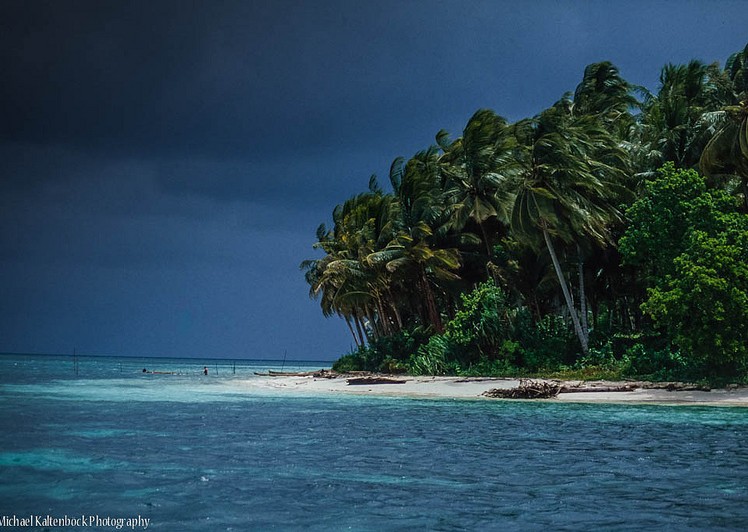
Photo credit: Michael Kaltenboeck / Foter / CC BY-NC-SA
Frances Wilks lets us in on some of her favourite secret haunts.
Although I’ve known Penang since I was four years old, there are still some wonderful hidden corners that I am still only just discovering. Some of them are open to the public only rarely, but they are all gems in their own way and indicative of Penang’s rich multicultural heritage.
1. The “Real” Pulau Tikus
Approaching from the sea
The tomb of Seyad Mohamed Kudoos Oliyullah
Pulau Tikus, the upmarket suburb of Penang, shouldn’t be confused with the real Pulau Tikus, which lies just off the shore of Tanjong Bunga. The origins of its name, which means island of rats (or large mice), is shrouded in mystery. It may be a reference to the fact that at low tide the rocks that surround the island look a bit like running rats. You can only visit the island at low tide anyway because that’s the only time the sandy beaches are sufficiently exposed to land a boat. If you’ve read Tan Twan-Eng’s evocative novel, The Gift of Rain set in the Penang of the 1930s and ’40s, you will recognise it as a potential model for Endo’s island that the hero visits secretly.
There is only one building on the island – the tomb of Seyad Mohamed Kudoos Oliyullah. He must have been a person of considerable importance as many people – of different faiths and cultural backgrounds – donated money to build the structure. The day we visited, the tomb was strewn with rose petals and so the grave, although in a lonely place, is not neglected.
2. The Jewish Cemetery in George Town
The triangular-shaped graves
Jewish Cemetery from the air taken by Ralf Touby
Between Macalister Road and Burma Road, there is a cross street which used to be known as Jahudi Road (or road of the Jews). It’s now known as Jalan Zainal Abidin, but the Jewish cemetery still remains as the legacy of a once thriving Jewish community living in Penang. Entering it is to step out of George Town’s busy streets into a place of peace where turkeys (belonging to the Indian family who act as the cemetery’s caretakers) roam the low triangular graves. I found their design somewhat unnerving as they look a bit like stone coffins. In actual fact their design is based on the antique ossuary tombs which can be found in Israel. It’s probably the oldest Jewish cemetery in Asia and contains over a hundred graves. The oldest tombstone is that of Mrs Shoshan Levi (1835) and it is believed that she was the benefactor who donated the land on which cemetery stands. When the last Jew of George Town, David Mordecai (or Mordy as he was known), passed away in July 2011, he became the cemetery’s final occupant. Nearby in Nagore Road, you can find the old Jewish synagogue, currently occupied by a photo studio whose owner has undertaken to preserve the exterior.
3. The Murugan Shrine at the Great Waterfall
We were very lucky on the day we visited the Great Waterfall for the story about the heritage of Penang’s water. By chance it was Thaipusam and so one of the rare occasions when there was a celebration at the little shrine to the Hindu god Murugan which is nestled under the waterfall. Murugan is sometimes known as “the god of the Tamils” and given the links between the Tamils and Penang, it is likely that this place has been revered by Hindus since the foundation of the colony back in the late 18th century.
The waterfall itself is a place of high energy but coupled with the ceremony, it was an amazing experience to witness. There was drumming a chanting and the statue of Murugan, beneath his golden parasol, had been covered with a coffee coloured substance which the priest washed off.
4. Loke Mansion on Gurney Drive
The garden facade of the mansion-showing the “butterfly wings” of the house
Classical elegance and modern chic – Loke Mansion gardens with Gurney Paragon behind.
Next time you visit the Paragon shopping mall look at the building next to it. An almost miraculous survival from a more gracious age, the Loke Mansion sits in its own grounds and is undeniably one of the most beautiful old houses of Penang. Built in 1924 by the Scottish architect David MacLeod Craik, it’s a blend of Arts and Crafts country house and Italianate villa. In those days, the house was called Chatsworth, and, although on far smaller scale, its elegant colonnades and classical entrance, echo some of its much larger namesake’s grandeur. It’s now called the Loke Mansion, or sometimes the ALW House, a reference to the Chinese family who built it. Its unusual design makes it look far larger than it actually is. Two slim wings are set at angles to each other – almost like the fluttering wings of a butterfly. The airy verandas and with their chick blinds overlook gardens which would have originally led down to a peaceful sandy beach.
Loke Mansion was built by Alan Loke, the son of tycoon Loke Yew, and later occupied by his brother Loke Wan Yat. After the family left Penang, Loke Mansion was left uninhabited for many years. By the turn of the millennium, the house was in need of restoration and this was carried out in 2003. The house is now occupied by David Wilkinson and his wife, the artist Rebecca Duckett-Wilkinson, who have made it a cosy, artsy home that fully respects its heritage.
Admission
Loke Mansion on Gurney Drive:
The Penang Heritage Trust (www.pht.org.my) runs tours from time to time. Quite a lot of the exterior of the house can be seen from outside the grounds.
The Murugan Shrine at the Great Waterfall:
The Great Waterfall is open every year on World Water Day and special tours for groups can be organised by the PBA.
The Jewish Cemetery in George Town:
Admission is free but there are no set times. It’s quite nice to give a small donation to the caretakers
The “Real” Pulau Tikus:
There is no problem with admission – but you have to take a boat (negotiate with the local fishermen) at low tide from one of the Tanjong Bunga beaches.
We would like to thank Ralf Touby and Ronni Pinsler for their pictures. You can see more of Ralf’s work by going to YouTube and searching for “Above Penang”, and you can see more of Ronni’s work at the Singapore National Archives (www.nas.gov.sg/archivesonline/photographs).
Read This: A Stroll Around Penang’s Armenian, Acheh and Beach Street
Source: The Expat Magazine April 2015
"ExpatGo welcomes and encourages comments, input, and divergent opinions. However, we kindly request that you use suitable language in your comments, and refrain from any sort of personal attack, hate speech, or disparaging rhetoric. Comments not in line with this are subject to removal from the site. "

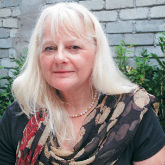

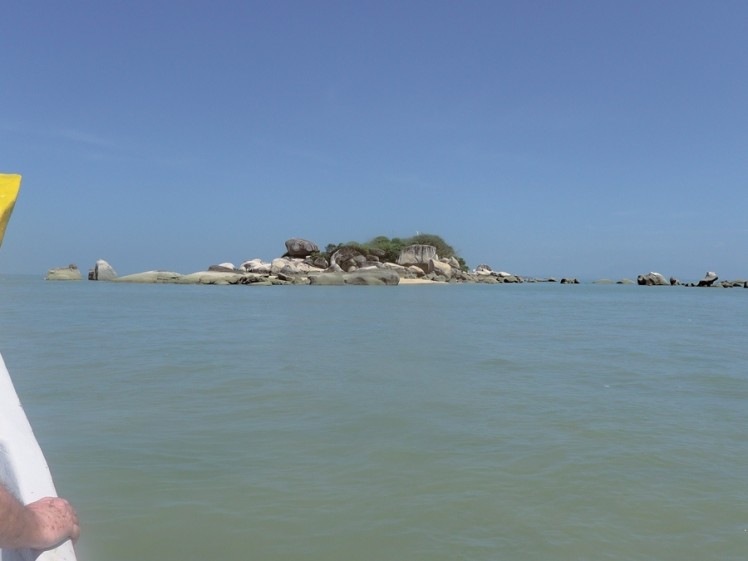
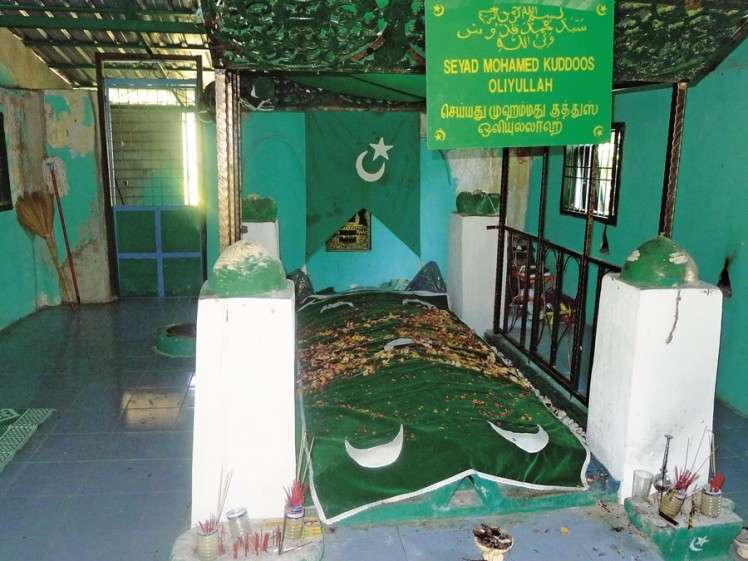
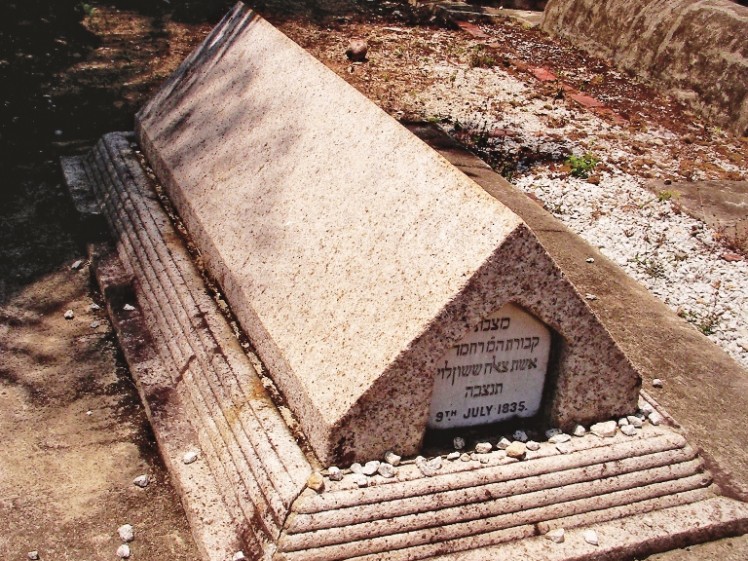
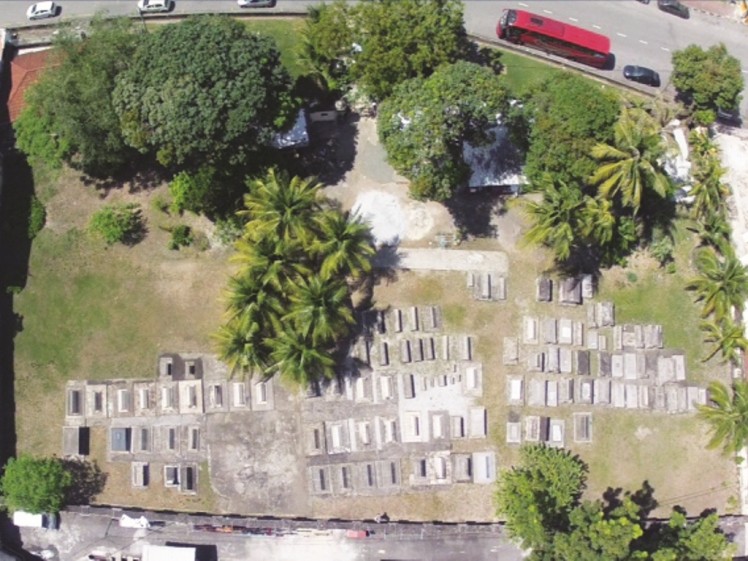
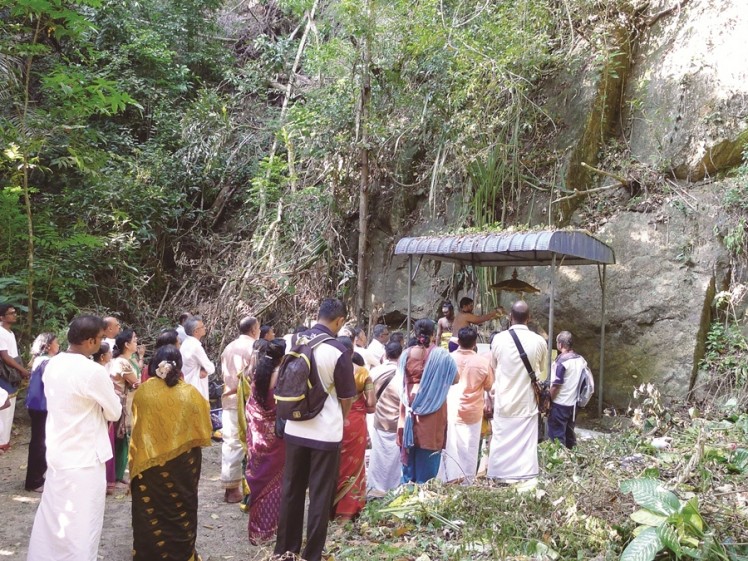
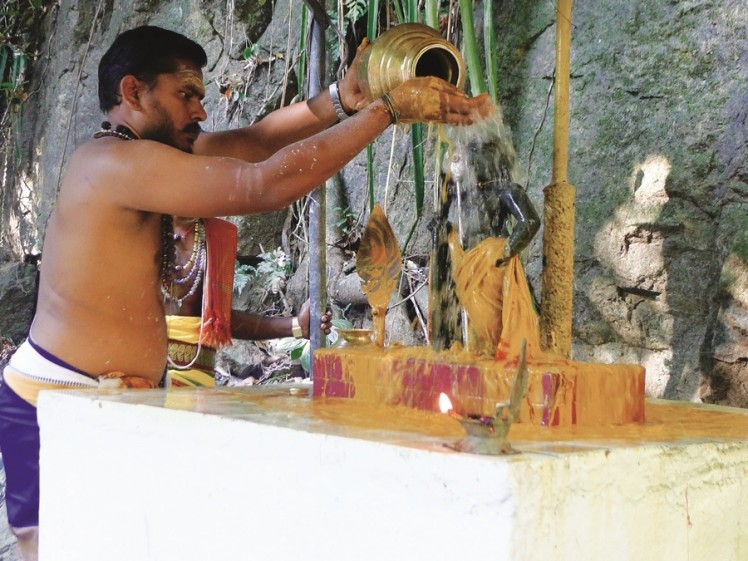
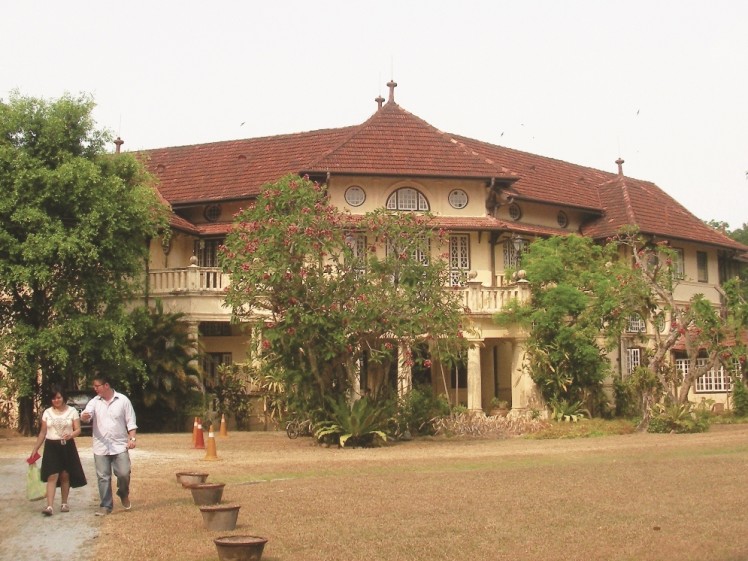
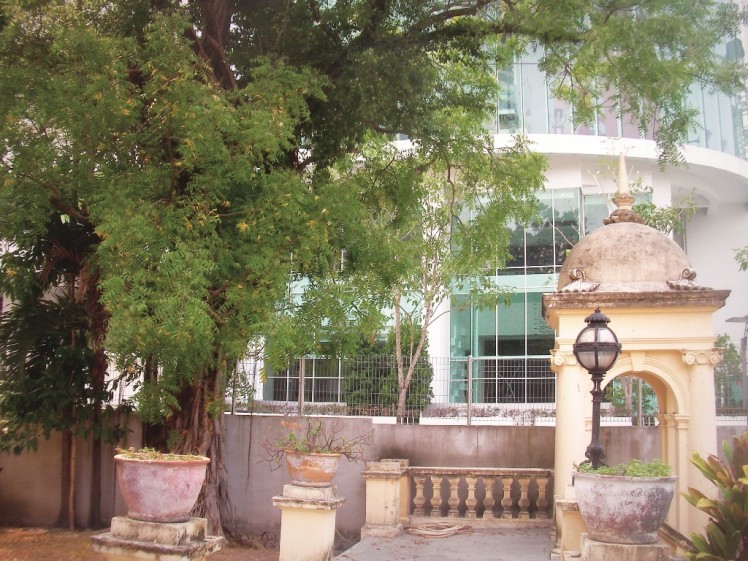




















Gizem Varol
I wish …
Hemakugaan Patma Jothy
Jacinta Peh